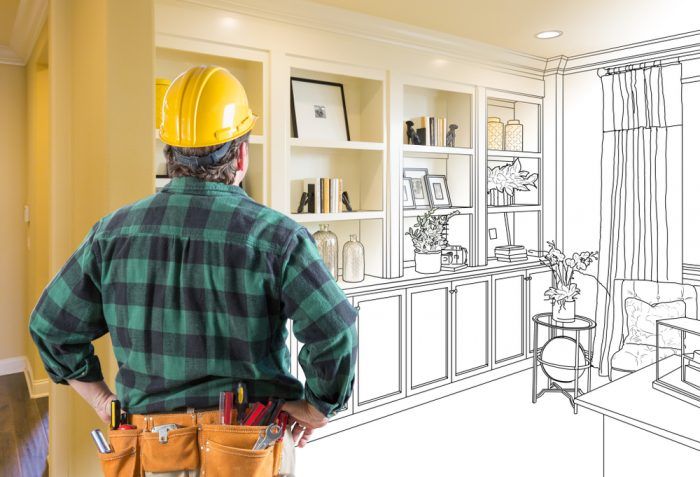Geotextile Fabric 101: What You Must Know
 This Geotextile Fabric 101 guide contains some tips that you should know before buying. When it’s time to do some landscaping or build an addition to your house, preparing the soil is an important first step. You don’t want weeds, vines or even excess water to get in and contaminate your project. One very popular way to solve this challenge is by using long sheets of geotextile fabric materials. They are made with special properties that will serve to protect the investment you make in your landscaping or construction project for many years. Geotextiles are fairly straightforward, but it is important to know what they are and what features they offer before making any kind of buying decision.
This Geotextile Fabric 101 guide contains some tips that you should know before buying. When it’s time to do some landscaping or build an addition to your house, preparing the soil is an important first step. You don’t want weeds, vines or even excess water to get in and contaminate your project. One very popular way to solve this challenge is by using long sheets of geotextile fabric materials. They are made with special properties that will serve to protect the investment you make in your landscaping or construction project for many years. Geotextiles are fairly straightforward, but it is important to know what they are and what features they offer before making any kind of buying decision.
What is a Geotextile Fabric?
Geotextiles are simple and permeable sheets of fabric which come in rolls and can be rolled out on the ground when a barrier is needed. These sheets are made of a special fabric that has special characteristics for your landscaping or construction needs. For example, one feature is that they help separate sections of your soil by acting as a barrier between the deeper areas and the surface (where your plants or other project arrangements are located). They can block out unwanted weeds and growth from coming to the surface and still allow drainage of excess water that you don’t want in the area. The main benefits of such a fabric are that: i) your plants and landscaping won’t suffer from unfair competition posed by weeds and roots, and ii) the area won’t become inundated with water. It’s like an additional helpful hand for your garden or construction site. Geotextile fabrics can act in this way because they are typically composed of polypropylene or polyester materials.
How Much Do I Need?
Before going out to buy a geotextile fabric, you should determine exactly how much you need. Typically, it’s best to lay down enough sheets to cover the whole surface area. Remember that these sheets are rolled up. While a single roll will correctly cover all of your project’s length, you will need to use several rolls to cover the whole area. Also, it is a good rule of thumb to have about 15% of each sheet overlapping above the next sheet in order to prevent any holes or gaps in between. While small breaks or ruptures in the fabric aren’t a big deal, you definitely want to avoid the formation of large holes because that allows room for weeds to grow through. And that defeats the whole purpose of using the geotextile fabric.
Another good thing to keep in mind is how dense you want the sheets to be. A denser layer means less water will be able to pass through and there will be less risk of having unwanted plants come through as well. However, this will cost more and may not be needed if you have soil that is already in good condition. You should consider and make your decision about this before you start researching the different types and prices.
Bottom Line
Overall, geotextile fabric is a great tool that you should use when doing landscaping and certain construction work. It can help you on many levels, such as preventing unwanted weeds and allowing proper water drainage. Just keep in mind the type of material you need, the quality and the number of rolls required and you’ll be all set with your geotextile fabric needs.






